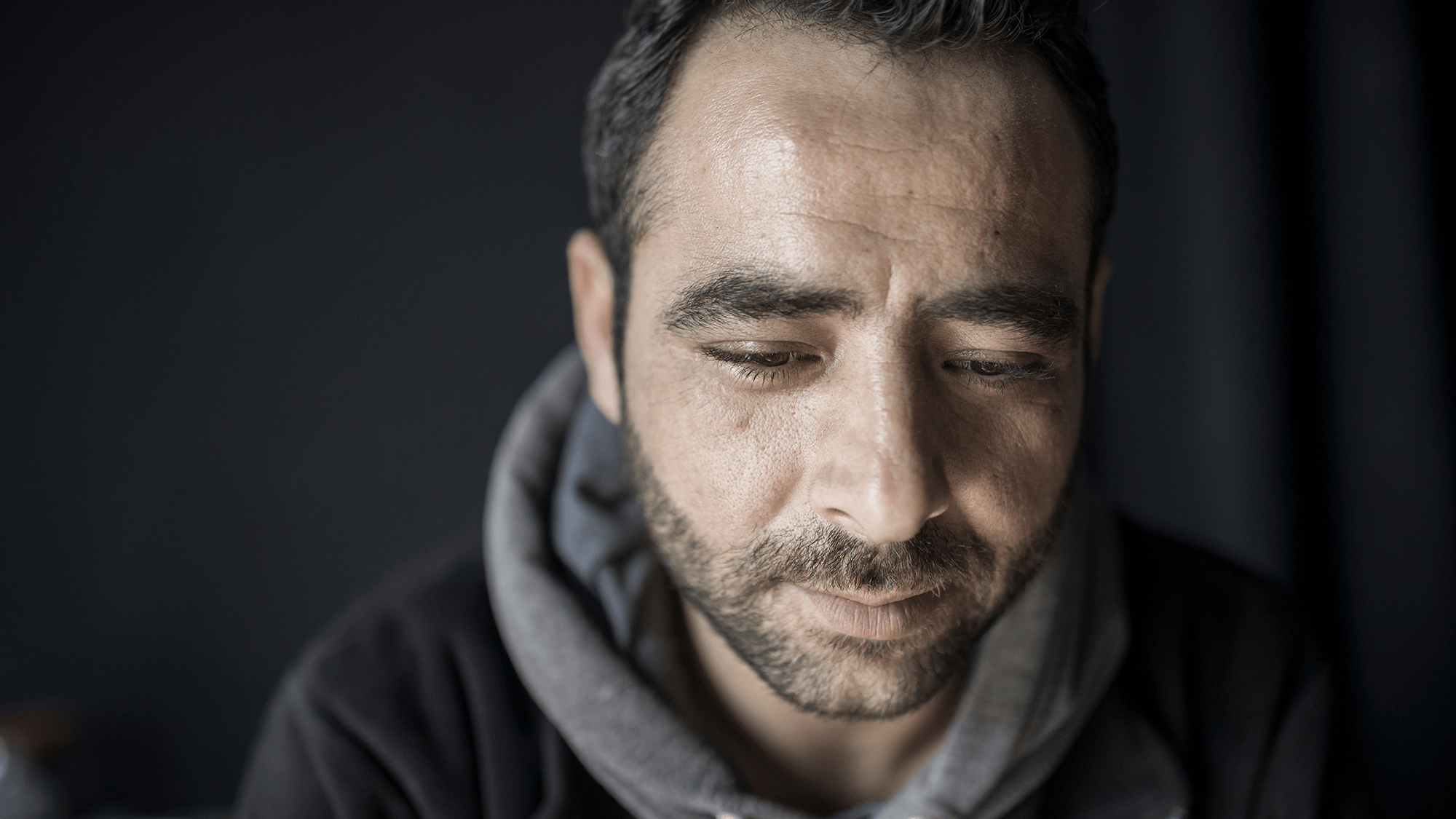Case Study
Vegetative State After Restraints Entanglement

Description
An inpatient with suicidal tendencies is in a permanent vegetative state after becoming entangled in his restraints.
Key Lessons
- Review and updates of policy/protocol are necessary to ensure patient safety
- Education and training about the patient safety risks of not following policies and procedures can be helpful in preventing harmful errors
- Recent graduates may require vigilant supervision and support
Clinical Sequence
A 30-year-old male was brought to the Emergency Department with head injuries following a pedestrian-motor vehicle collision that may have been a suicide attempt. The patient tested positive for alcohol and methamphetamines and required a tracheostomy and gastrostomy. He was subsequently managed as a traumatic brain injury patient.
The patient was transferred to the intensive care unit (ICU) and then to the trauma inpatient unit after some improvement. He was agitated, pulled at lines, and was a high risk for falls. Wrist restraints and a Posey belt were ordered for safety.
Two weeks after his admission, the patient was found unresponsive, seated on the floor, entangled in the restraints and Posey belt. A Code Blue was called and the patient was intubated with his pulse restored. He was transferred back to the ICU.
The patient sustained an acute anoxic injury resulting in severe brain damage and remains in a permanent vegetative state requiring full time care.
Allegation
A claim was brought forth against the nursing service alleging a failure to monitor the patient’s physiological status resulted in permanent organ damage.
Disposition
The case was settled in excess of $1M.
Analysis
Policy/procedure
The investigation noted that, although the hospital’s policy required hourly checks, it had been over an hour since the patient was last checked (the primary RN was helping another patient). In addition, the Posey belt instructions were improperly followed. As a result, there were changes made to the policy/procedure regarding the use of restraint equipment, sitters, and 1:1 observation for high suicide risk patients.
Staff training/education
The nurse in this case was a recent graduate. This patient was her first full assignment.
Recent graduates benefit from continued clinical supervision, support, and training and education after the completion of orientation.
Questions for Discussion
- What is your hospital’s policy and procedure for patients who are at risk for suicidal ideation/attempts?
- Do you have annual trainings to keep up with competencies?
- What supports does your organization offer to recently graduated nurses who have just gotten off orientation?
This is a fictitious case that illustrates commonly encountered issues and is for educational purposes only. Any resemblance to real persons, living or dead, is purely coincidental.
See More MPL Cases
Medication Mix-up Contributes to Patient’s Death


Retaliation Allegation after Mental Health Leave

Incidental Does Not Mean Insignificant

